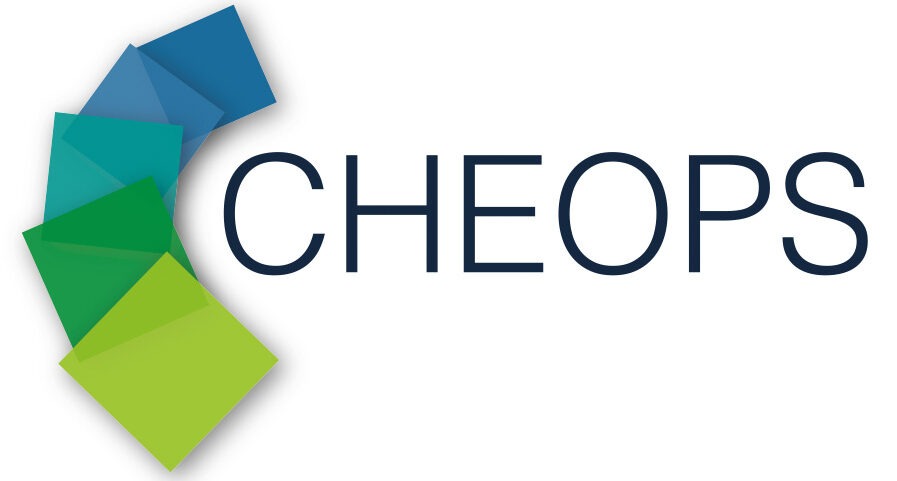
To achieve useful current and voltage, photovoltaic modules have to be “broken up” into small segments that are series-interconnected. The “break lines”, also called “dead area”, should be as small as possible, since they are not available anymore for energy conversion. By applying an optimized laser patterning process, CHEOPS managed to keep this dead area width as small as 400 μm on perovskite solar cells.
To achieve a series-interconnection between cells, three laser lines of different depth are needed (see figure below): The first laser (P1) breaks up the front contact of the cell. The second laser (P2) burns a trench into the perovskite layer. This trench is later filled with back electrode material, serving as the back contact, and forms the series connection between front and back contact of the cell. Finally, the third laser (P3) burns a trench into both back electrode material and perovskite layer and thus makes sure that current flows only between back and front contact.

Different laser sources (UV, IR, green) with different parameters (e.g. pulse frequency, scribe speed) can be used for this patterning process. The goal was to fully remove the unwanted layer at each step, without damaging the other layers. In addition, trenches had to be as narrow as possible (to reduce dead area) and, at the same time, broad enough for sufficient surface contact between back and front and for sufficient insulation between the other layers. By selecting adequate laser sources and tuning parameters, CHEOPS succeeded to keep dead area width at 400 μm. The mini-module produced with this optimized patterning process (see picture below) had an aperture area (active + dead area) of 14 cm2 and achieved an efficiency of 16 %. The ratio between active area and aperture area (= dead area + active area) is currently at 92 %.
CHEOPS will continue to improve the laser patterning process in order to achieve a ratio between active and aperture area of 95–97 %.
